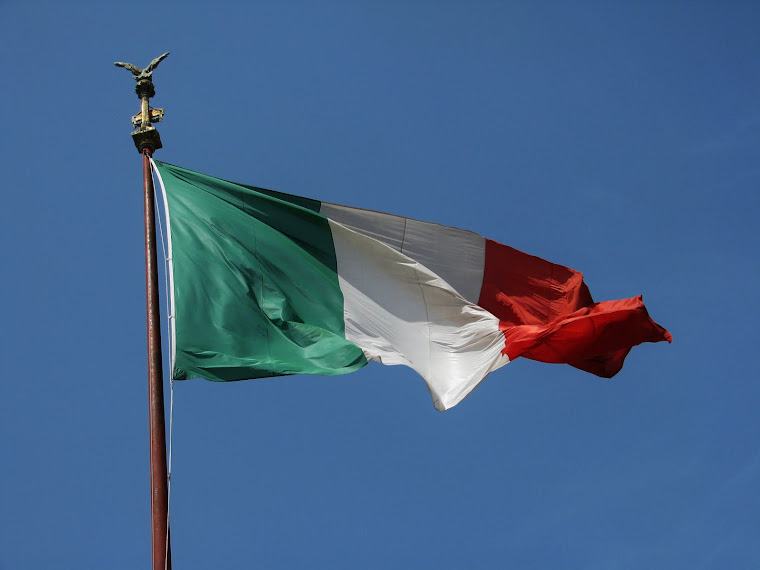


(Click on link below)
(Click on link below)
(After you watch video click on back arrow to return)


The “ Mouth of truth.” It is an image, carved from Pavonazzetto marble, of a man-like face, located in the portico of the church of Santa Maria in Cosmedin. The sculpture is thought to be part of a 1st century ancient Roman fountain, or perhaps a manhole cover,portraying one of several possible pagan gods, probably Oceanus. Most Romans believe that the 'Bocca' represents the ancient god of the river Tiber.
The most famous characteristic of the Mouth, however, is its role as a lie detector. Starting from the Middle Ages, it was believed that if one told a lie with one's hand in the mouth of the sculpture, it would be bitten off. This legend probably originates from Roman times. It is said that the rich wife of a Roman noble was accused of adultery. The woman denied the accusations, but her husband wanted to put her to the test by making her hand inside the stone mouth. Knowing perfectly well that she was lying, the woman used a very clever strategy. In front of a group of curious bystanders who had gathered around the Mouth of Truth, the man who was actually her lover embraced her and kissed her. She pretended that she didn't know him and accused him of being a madman and the crowd chased him away.
When she put her hand into the mouth, the woman declared that she had never kissed any other man apart from her husband and the poor madman who had just kissed her. In this way she was certain that she hadn't lied and her hand was saved. The betrayed husband saved her honor, but the Mouth of truth lost its credibility and it is said that since that day it no longer carried out its function as a right and unappeasable judge.
The mask is so famous that even Hollywood honored it in a film about the city called Roman Holiday. In one of the most memorable scenes, Gregory Peck, in front of a terrified Audrey Hepburn, daringly challenges the mask by putting his hand inside its mouth.
The piece was placed in the portico of the Santa Maria in Cosmedin in the 17th century. This church is also home to the supposed relics of the saint, St Valentine.





